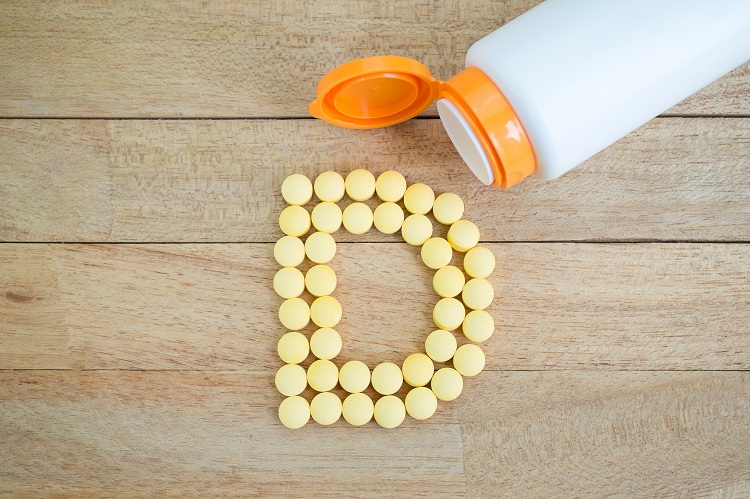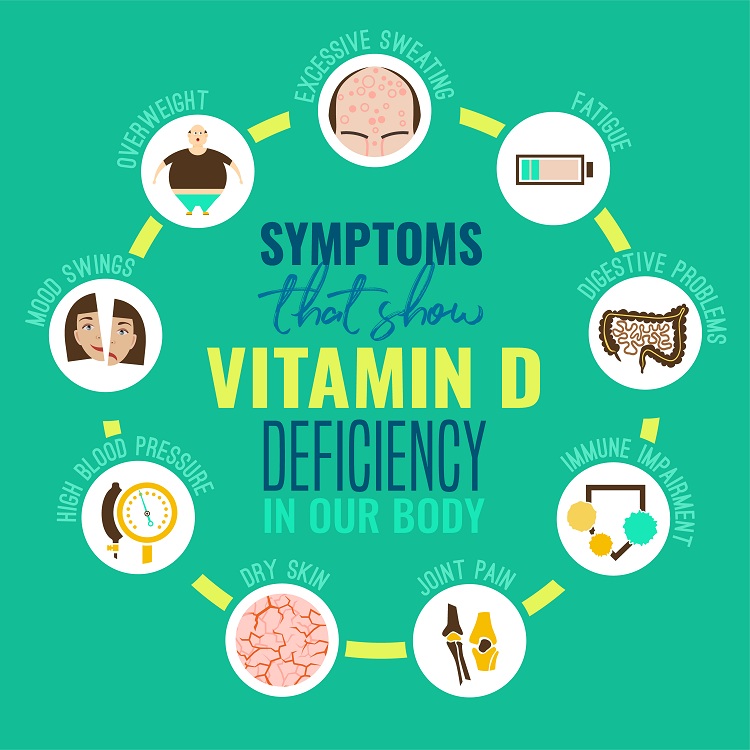News& Information
-
Medical Trends
 Home -> News& Information -> Medical Trends
Home -> News& Information -> Medical Trends
Vitamin D deficiency in summer?
Did you know that there are vitamin D receptors in almost every cell and tissue in the human body, where this vitamin it is responsible for regulating up to 200 genes. Vitamin D is produced after the skin is exposed to sunlight or UVB .When you expose the body to UVB rays, first the Vitamin D is synthesized into provitamin D3 in the skin, then in the liver into previtamin D3 and then it is synthesized in the kidneys as active form of vitamin D, called 1,25 dihydroxy vitamin D. This vitamin helps regulate the amount of calcium and phosphate in the body. Calcium and phosphate are needed to keep bones, teeth and muscles healthy. We obtained vitamin D from the diet or after the skin is exposed to sunlight.Dietary sources are essential when sunlight containing UVB radiation is limited. Vitamin D deficiency means that you are not getting enough vitamin D to stay healthy.

How much Vitamin D you need daily?
Vitamin D intake is recommended at 400–800 IU/day, or 10–20 micrograms for adults.Babies frombirth to 1 year of age should be given a daily supplement containing 8.5 to 10 micrograms of vitamin D to make sure they get enough. Children aged 1 to 4 years old should be given a daily supplement containing 10 micrograms of vitamin D.
Some studies suggest that a higher daily intake of 1000–4000 IU (25–100
micrograms) is needed to maintain optimal blood levels.

Who is at risk of having Vitamin D deficiency?
The synthesis of vitamin D is influenced by theexposure of skin to UVB radiation and that is influenced by many factors; these include time of the day, season, latitude, altitude, cloud cover, air pollution, clothing and sunscreen use.
You can be at risk of developing vitamin D deficiency if you are not often outdoors or you are homebound, you live in northern latitudes, wear clothes that cover up or you wear head coverings for religious reasons or have an occupation that prevents sun exposure.
If you have dark skin or you have an African, African-Caribbean or south Asian background you may also not get enough vitamin D from sunlight.
Facing the Covid-19 pandemic, most of the time we spend indoors.
We are in the beginning of summer but some of us are still quarantined.
During this time consider taking 10 micrograms of vitamin D a day to keep your bones and muscles healthy.

Symptoms and signs of Vitamin D deficiency
Symptoms of vitamin D deficiency can include muscle weakness, back and bone pain, getting sick or infected often, impaired wound healing ,hair loss, fatigue and depression, loss of appetite and sleep changes.
Vitamin D deficiency can also cause rickets
in children, this is a rare disease that causes the bones to become soft and
band. In adults vitamin D deficiency can cause osteoporosis leading to
increased risk of bone fractures. It is also associated with autoimmune
diseases such as Multiple Sclerosis, Rheumatoid arthritis, Diabetes mellitus,
Inflammatory bowel disease, Systemic Lupus Erythematosus and Thyroid Function
diseases.

How to check if you have a vitamin D deficiency ?
There are two types of blood tests that can be ordered, most common type is the 25-hydroxyvitamin D,25 (OH)D.
Usually vitamin D levels can be checked as a cause of symptoms such as long-lasting body aches, a history of falls or bone fractures without significant trauma.Also patients who have a risk of having a vitamin D deficiency can do the test to check their levels of the vitamin in the body.
How to correct the levels of Vitamin D in the body?
There are many kinds of food supplements for vitamin D.
Also you can consume foods reach in this vitamin such as:
*Egg Yolk;
*Salmon;
*Canned tuna fish;
*Shitake mushrooms;
*Tofu;
To get more of the sunshine vitamin, you can spend time on sunlight and the best time to get it is between 10 in the morning to 2 in the afternoon, half hour on sunlight is enough.
Make sure that the UV radiation is not high and you don’t get burnt!
Dr.Irena




